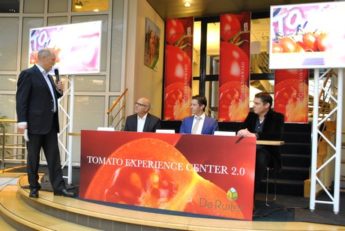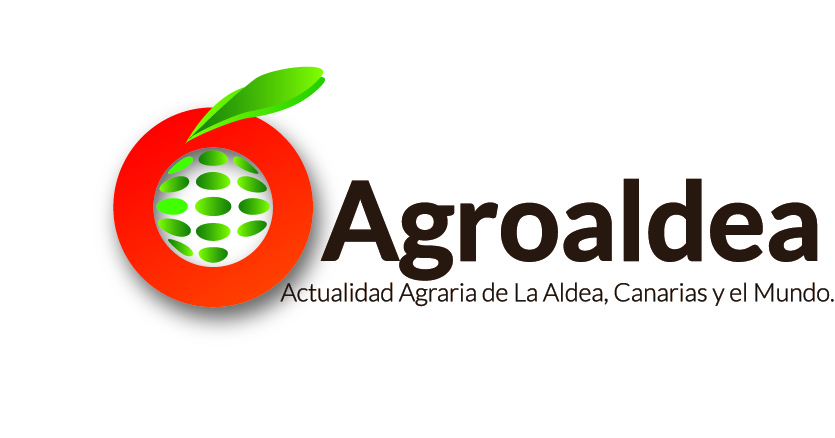 It will be located in Lansingerland, Netherlands, and will collaborate with producers Brabander-Zantman.
It will be located in Lansingerland, Netherlands, and will collaborate with producers Brabander-Zantman.
The vice president of Monsanto, Juan Fereira, He announced the start of work on the Tomato Experience Center, a TEC 2.0. In addition to a greenhouse tests in which were planted 300 different varieties of tomato, the new building will have a visitor center. “We are pleased to supply the supply chain and consumers with our innovations”, afirma Fereira. “Not only varieties that take a long time already on the market, but also with new varieties”.
The company has planted tomatoes last in its current Tomato Experience Center, which opened ago 13 years and no longer meets the market requirements for size, growth capacity and phytosanitary possibilities.
The new center will have the capacity to receive a 1.000 visitors a year, from farmers to retailers and consumers. “In the TEC 2.0, we have room for current methods of cultivation, but also to apply new techniques, as the internet of things and plant sensors”, continues Fereira.
Beside Fereira producers were Brabander Rob and Paul Zantman, who will work in the TEC 2.0 during the next five years. Both partners peppers and tomatoes grown in different locations and, In addition, They have been doing reviews for De Ruiter from 2011. “We have been working together for about six years. At first, we face some skepticism by working with an American multinational, but we are very satisfied, since it is not unusual to find such a friendly company”, comenta Zantman.
When it became known he was going to build a new Tomato Experience Center, Brabander and immediately they became involved Zantman, and those who direct the planting. “In this way, They will continue using the same methods of cultivation, but we want to be close to the producers”, afirm January Matches, director of technological development of De Ruiter.
“We are in charge of culture”, adds Brabander. “Producers take different decisions to agronomists, because we rely in practice”. For the same reason, the test center will be equipped with several weighing and measuring systems, but will not be used translucent glass or all lights will be led.
“We want to connect with conventional agriculture, and most producers do not have translucent glass or LED lighting, Shine a Light although a third of the surface, since it is thereby working nowadays. In addition, the greenhouse is divided into four segments, so that we can better manage different varieties to respond to any new ", Brabander concluded.

